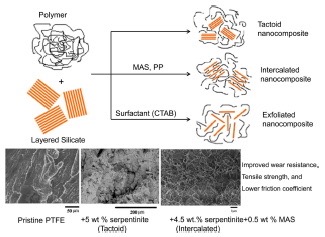The Bulletin of the Korean Chemical Society (BKCS) is a monthly journal and publishes communications, articles, accounts and reviews in all fields of chemistry, including analytical, electro-, industrial, inorganic, life-science, macromolecular, organic, physical and materials chemistry. The BKCS is published on behalf of the Korean Chemical Society (KCS).
A Message from our Editor-in-Chief
Prof. Wonwoo Nam is the Editor-in-Chief of the flagship journal of the Korean Chemical Society, which provides the opportunity to share new findings in all chemical sciences.
Our BKCS editorial teams also continue our publishing services. Thus, if you have any concerns about the publishing process, please contact the corresponding editorial office without hesitation.
Papers since 2015 are available from Wiley.
(Bulletin of the Korean Chemical Society: List of Issues - Wiley Online Library)
Latest Publication (Vol. 35, No. 12, Dec. 2014)
Nanocomposites Based on Polytetrafluoroethylene and Ultrahigh Molecular Weight Polyethylene: A Brief Review

Improvement in Plume Dispersion Formulas for Stack Emissions Using Ground-based Imaging-DOAS Data

Synthesis of Piperidones from Benzyl Azides and Acetone

A Carbazole Based Bimodal “Turn-On” Fluorescent Probe for Biothiols (Cysteine/Homocysteine) and Fluoride: Sensing, Imaging and its Applications

Solution of Klein Gordon Equation for Some Diatomic Molecules with New Generalized Morse-like Potential Using SUSYQM

A New Flavonol Glycoside from the Leaves of Boscia senegalensis

Facile Synthesis of Natural Moracin Compounds using Pd(OAc)2/P(tBu)3-HBF4 as a Sonogashira Coupling Reagent






